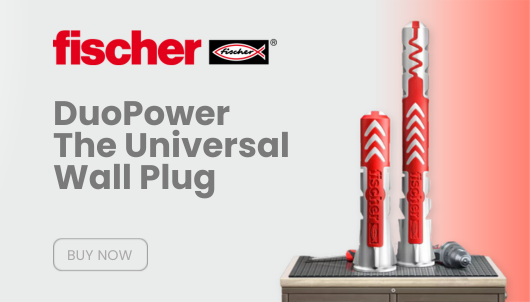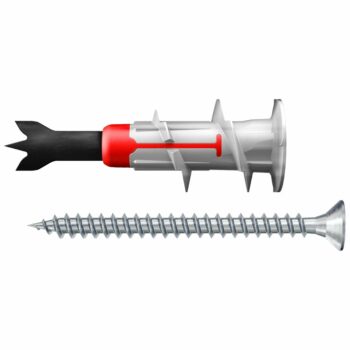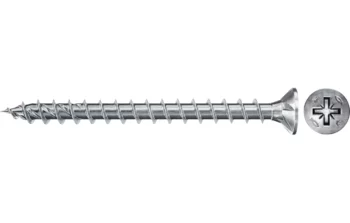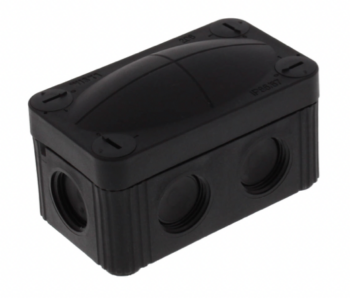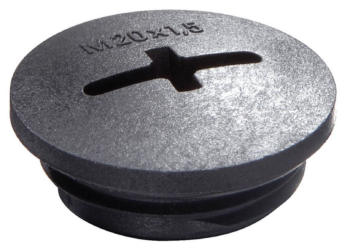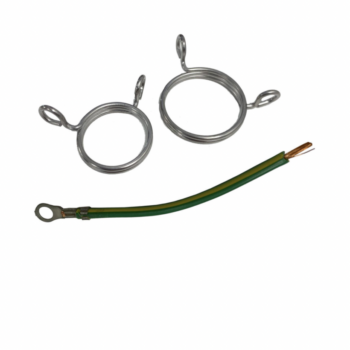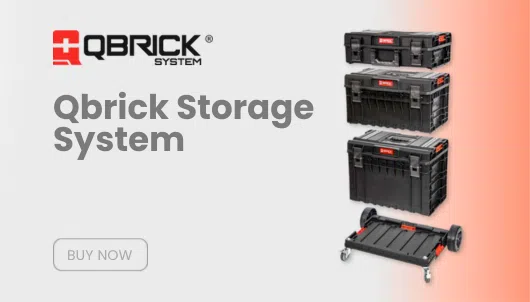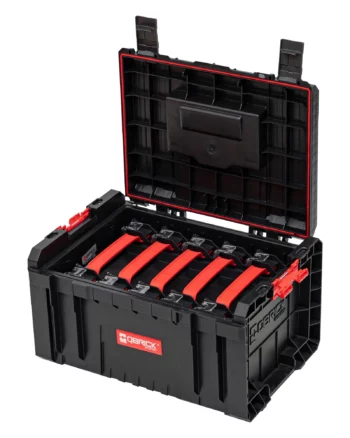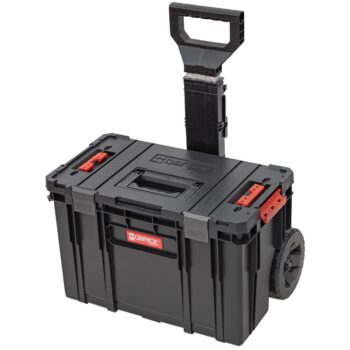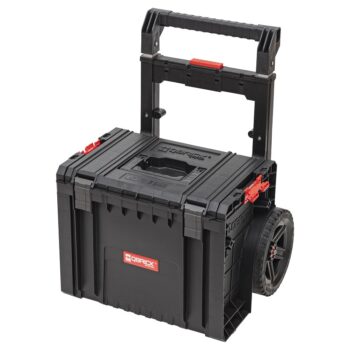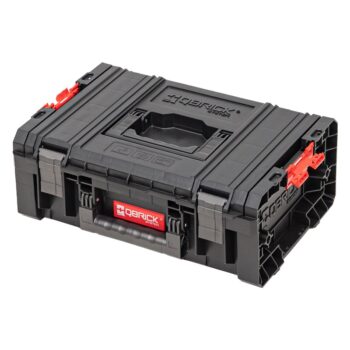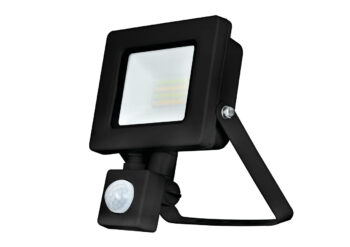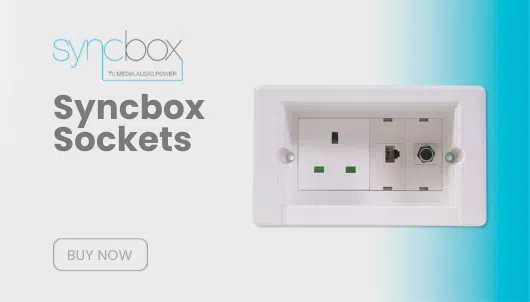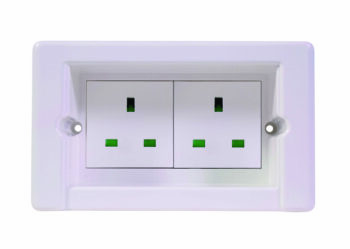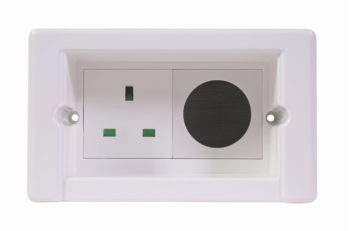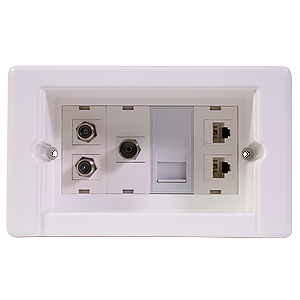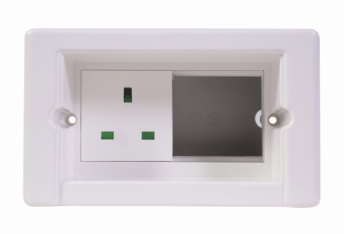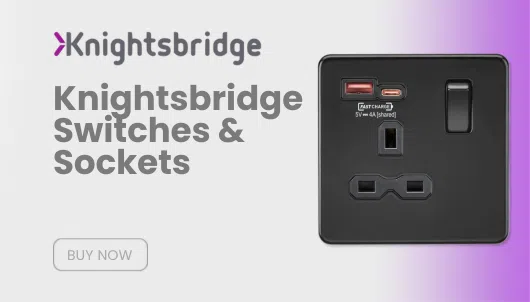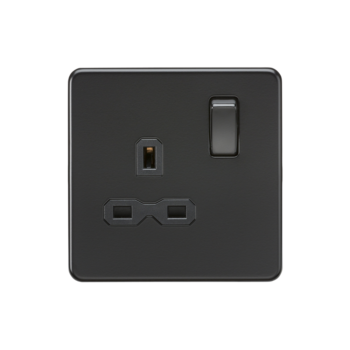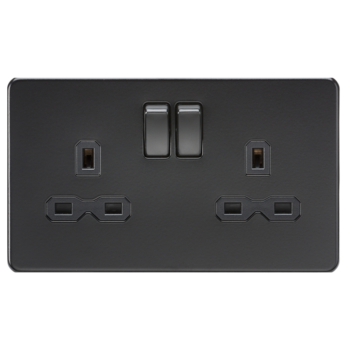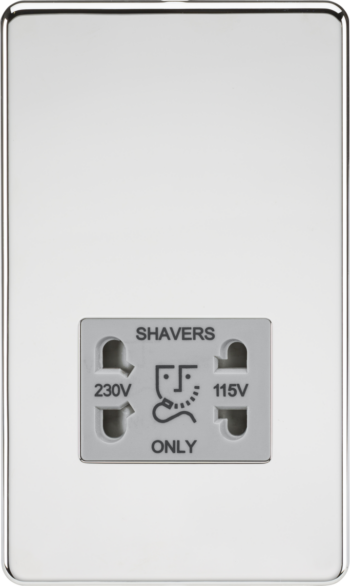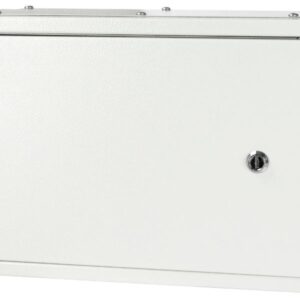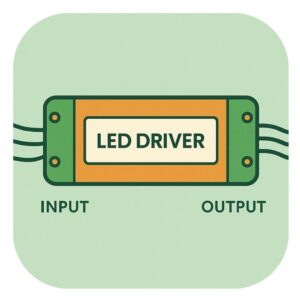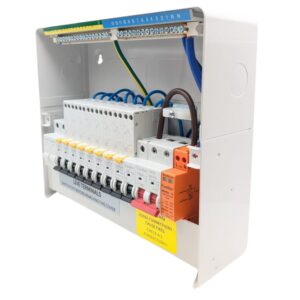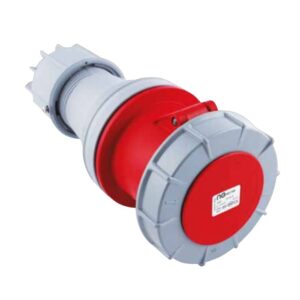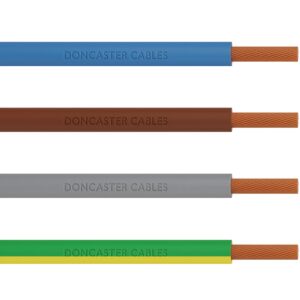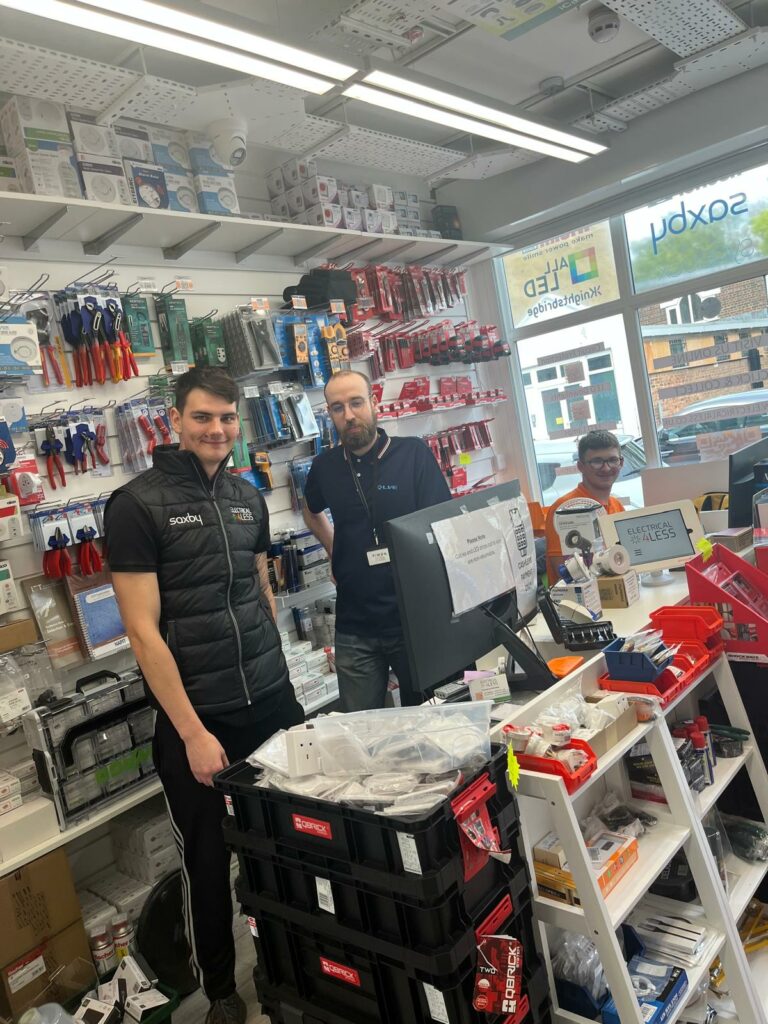Garage Consumer Units
When it comes to powering your garage safely and efficiently, having the right consumer unit is essential. In this blog, we’ll answer frequently asked questions about garage consumer units, providing in-depth yet accessible answers to guide you through every aspect of installation, compliance, and functionality.
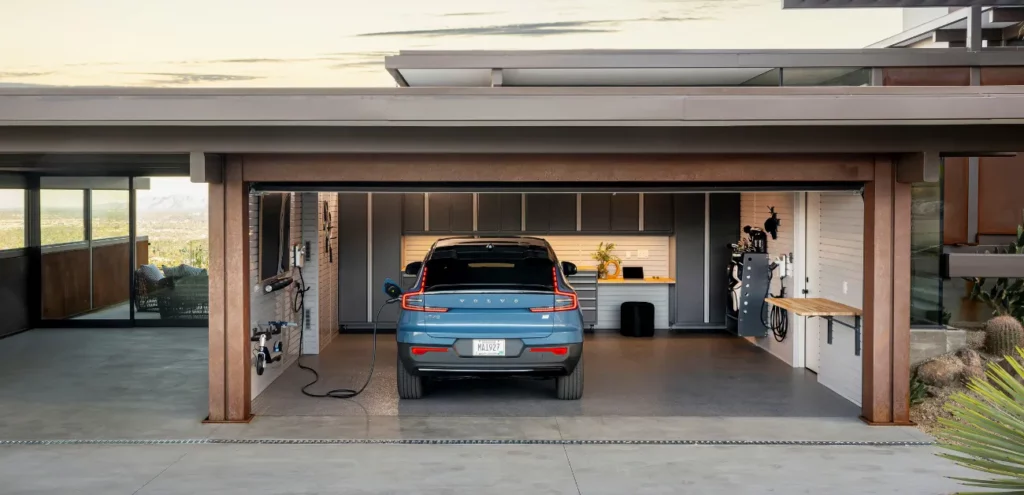
What Consumer Unit Do I Need for a Garage?
The type of consumer unit you need for a garage depends on the intended use of the space. If your garage is used primarily for lighting and a few electrical outlets, a small consumer unit with two to four circuits is usually sufficient. These often include an RCD (Residual Current Device) or an RCBO (Residual Current Breaker with Overcurrent Protection) to ensure safety.
If your garage houses heavy-duty equipment or EV chargers, you’ll need a consumer unit capable of handling higher loads, typically with a greater number of circuits. Live Electrical garage consumer units are popular options, as they come pre-fitted with protective devices and are compact, making them ideal for limited spaces.
Is a Garage Consumer Unit Notifiable?
Yes, installing a garage consumer unit is a notifiable activity under UK building regulations. Any work that involves extending or altering electrical circuits in outbuildings must comply with Part P of the Building Regulations. This ensures that the installation is safe and adheres to the required standards.
A qualified electrician registered with a competent person scheme, such as NICEIC or NAPIT, can handle the notification process for you. Alternatively, if you’re undertaking a DIY project, you must notify your local authority before starting the work, which can involve inspection fees.
Do Garage Consumer Units Need SPD?
Yes, Surge Protection Devices (SPD) are increasingly necessary for these installations, especially if the garage is connected to sensitive electronic equipment like EV chargers, Wi-Fi extenders, or smart home devices. SPDs protect your electrical system from voltage spikes caused by external factors, such as lightning strikes or power surges.
According to the 18th Edition of the IET Wiring Regulations (BS 7671), SPDs are required where the risk of damage from surges could impact human life, public services, or high-value equipment. For garages that house expensive tools or are part of a larger electrical system, installing an SPD is strongly recommended.
Do I Need a Certificate for a New Consumer Unit?
Yes, when a new consumer unit is installed, the electrician must issue an Electrical Installation Certificate (EIC). This document confirms that the work complies with BS 7671 Wiring Regulations and is safe for use. If the installation is notifiable, the certificate will also be accompanied by a Building Regulations Compliance Certificate.
These certificates are crucial for both safety and legal purposes, serving as proof of compliance for insurance claims or when selling your property.
Do I Need a Permit to Run Electricity to My Shed in the UK?
You don’t necessarily need a permit, but the work must comply with Part P of the Building Regulations. If you’re running electricity to a shed or garage, the installation must be carried out or certified by a qualified electrician.
For non-registered electricians or DIY installations, you’ll need to notify your local building control authority and have the work inspected to ensure compliance with safety standards.
What Are the Rules for Building a Garage in the UK?
Building a garage in the UK falls under Permitted Development Rights, but certain rules apply:
- The garage must not exceed 4 metres in height (3 metres if it has a flat roof).
- It should not occupy more than half of the land surrounding the original property.
- If the garage is within 2 metres of a property boundary, the eaves must not exceed 2.5 metres in height.
For electrical installations, compliance with Part P is required, ensuring all wiring and consumer units meet safety regulations.
Does a Garage Consumer Unit Need to Be Metal?
Yes, modern garage consumer units must be metal to comply with the 17th and 18th Editions of the IET Wiring Regulations. Metal enclosures reduce the risk of fire spreading in the event of a fault. Plastic CU’s are no longer permitted for new installations in domestic settings, including garages.
Does a Garage Consumer Unit Need a Main Switch?
Most garage consumer units include a main switch for isolating power. However, if the unit is fed from the main consumer unit in the house and protected by a circuit breaker, a separate main switch may not be strictly necessary. Always consult your electrician to determine the safest setup for your installation.
How to Run Electricity to a Detached Garage?
Running electricity to a detached garage involves the following steps:
- Determine Power Requirements: Assess what devices and appliances you’ll be powering.
- Choose the Right Cable: Use armoured cable (SWA) for underground runs, ensuring it can handle the expected load.
- Install a Garage Consumer Unit: This ensures proper circuit protection for the garage.
- Excavate a Cable Route: Dig a trench at least 500mm deep for the cable, laying it on a bed of sand and covering it with warning tape.
- Connect to the Main Consumer Unit: An electrician will need to install a circuit breaker for the garage supply.
Ensure all work complies with BS 7671 Wiring Regulations and is certified by a qualified electrician.
Can You Fit a New Consumer Unit to Old Wiring?
Yes, but the existing wiring must pass safety checks. Before fitting a new consumer unit, an electrician will perform an Electrical Installation Condition Report (EICR) to assess the integrity of the current wiring. Any faults or deficiencies must be resolved before the new unit is installed.
What Is a Garage Consumer Unit?
A garage consumer unit is a smaller version of a standard consumer unit, designed to control and protect electrical circuits in garages, sheds, or outbuildings. It typically includes:
- RCDs or RCBOs for fault protection.
- Circuit breakers for overcurrent protection.
- Optional SPD for surge protection.
What Circuits Are Normally Protected by a Garage Consumer Unit?
Common circuits include:
- Lighting Circuits: To power interior and exterior lights.
- Socket Circuits: For general-purpose outlets.
- Dedicated Circuits: For equipment like EV chargers, freezers, or heavy-duty tools.
What Does an RCBO Protect Against?
An RCBO provides two forms of protection:
- Overcurrent Protection: Safeguards against overloads and short circuits.
- Residual Current Protection: Detects earth faults to prevent electric shocks.
This dual functionality makes RCBOs a popular choice for garage consumer units.
Empowering Your Garage with the Right Consumer Unit
A garage consumer unit is more than just a box of switches—it’s the backbone of a safe, functional, and efficient electrical setup for your garage or outbuilding. From ensuring compliance with UK regulations to choosing the right features like RCBOs, SPDs, and metal enclosures, every decision plays a role in the long-term safety and usability of your electrical system.
Whether you’re powering basic tools and lighting or running advanced equipment like EV chargers, understanding the technical details ensures you make informed choices. By partnering with a qualified electrician, you can confidently install a consumer unit that meets your needs while adhering to the highest standards of safety and functionality.
For peace of mind, always choose reliable, high-quality components that protect your circuits and your property. With this guide, you’re well-equipped to navigate the world of garage consumer units and create an electrical system built to last.
See our full range of Garage Consumer Units here!





